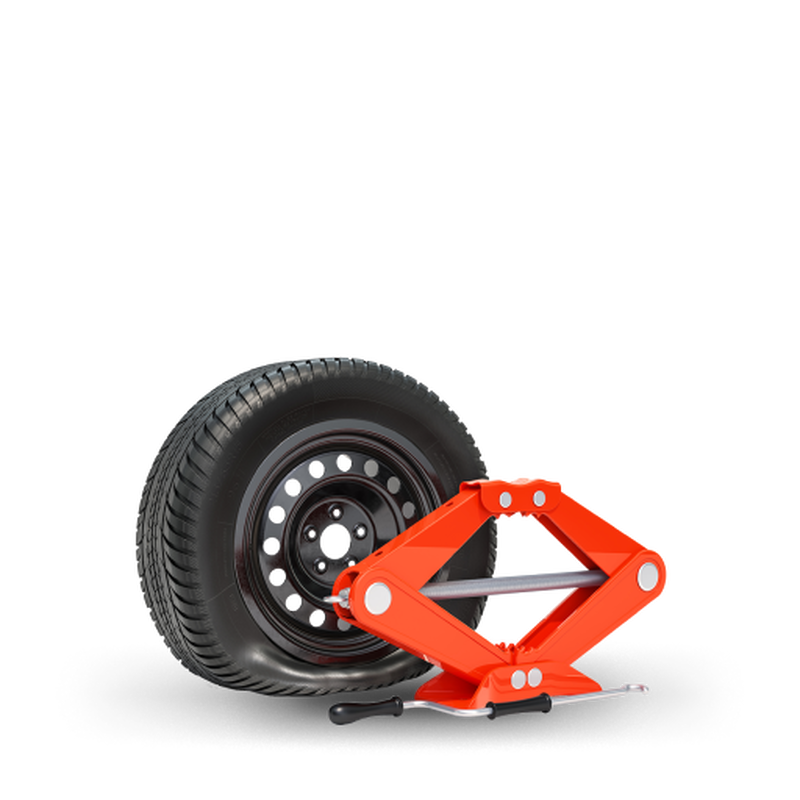Tire Repair Myths Debunked: Separating Fact From Fiction
In the world of auto maintenance, tire repair holds a significant location, yet it is frequently shrouded in misconceptions and false impressions that can lead to complication for car owners (tire shop near me). From the mistaken beliefs bordering patching versus connecting a punctured tire to the effectiveness of various tire sealers, there are numerous key locations where quality is needed to make informed choices.
Usual Tire Repair Work Misconceptions
Resolving widespread misunderstandings bordering tire fixing is crucial for preserving roadway safety and security and expanding the longevity of your car's tires. One typical misconception is the idea that a punctured tire is irreparable and should be changed completely. In fact, lots of leaks can be successfully fixed by a professional, adhering to industry requirements. It is necessary to comprehend that not all slits are created equivalent; while some might without a doubt need a tire substitute, the majority can be securely repaired.
An additional misunderstanding is the idea that a DIY tire repair service set is an adequate service for all tire problems. While these kits can be useful for temporary fixes in emergency situations, they are not a permanent solution and may not deal with the underlying trouble (morris tire). Seeking the knowledge of a qualified tire technician is constantly recommended to make sure the security and honesty of the tire

Can You Fix a Punctured Tire?
Repairing a pierced tire is a typical practice in the automobile sector, often lugged out by professional technicians following particular guidelines and requirements. Punctures found on the tread location of the tire are normally repairable as lengthy as they are within a specific dimension limitation and do not influence the tire's architectural stability.
It is very important to keep in mind that pierces near the sidewall or shoulder of the tire are generally not repairable because of security issues. Such areas undertake substantial tension and flexing, making repair services undependable and possibly dangerous. In addition, if the leak is also huge, going beyond the suggested repairable size, or if the tire shows indicators of internal damages, it is safer to change the tire completely.
The Fact Regarding Patching Vs. Plugging
When thinking about the fixing of a pierced tire, comprehending the differences between patching and connecting is vital for making educated decisions concerning tire maintenance and safety. Covering involves fixing the tire from the inside, where a spot is related to cover the leak. This visit site method is thought about more trusted and long-lasting as it attends to the damages internally, decreasing the risk of air leakage and additional tire damages. On the various other hand, connecting is a fast repair that involves inserting a rubber connect into the punctured area from the exterior. While connecting is practical and can be done without removing the tire from the rim, it is typically taken into consideration a short-lived option and might not provide the exact same degree of toughness as a spot.
Misconception: All Tire Sealers Work

When picking a tire sealant, think about variables such as the recommended you read dimension of punctures it can effectively fix, compatibility with tire pressure surveillance systems (TPMS), and whether it is risk-free for the tire product. Remember, while tire sealants can be valuable in emergencies, they are not a replacement for correct tire care and upkeep.
Finest Practices for Handling Flat Tires
Taking into account the varying performance of tire sealants, comprehending best methods for handling punctures is essential for preserving road security and lorry performance. When coming across a blowout, the primary step is to securely pull over sideways of the road, away from approaching web traffic. Activate risk lights to notify various other vehicle drivers of your scenario. It is advised to apply the parking brake and place wheel wedges under the tires to stop the vehicle from rolling. Next off, consult your automobile's handbook to find the spare tire, jack, and lug wrench. Before attempting to change the tire, guarantee that the location is flat and steady. Loosen the lug nuts, increase the car with the jack, get rid of the lug nuts and level tire, and change it with the spare tire. Tighten up the lug nuts in a star pattern, lower the car, and firmly tighten up the lug nuts. Store away the flat tire, tools, and devices, and keep in mind you can try this out to check the spare tire's pressure occasionally. Complying with these ideal methods can assist you handle punctures properly and safely.
Verdict
Finally, it is essential to separate fact from fiction when it pertains to tire fixing myths. Recognizing the fact regarding covering vs. connecting, the effectiveness of tire sealers, and finest methods for managing punctures can assist ensure the safety and security and durability of your tires. By exposing typical mistaken beliefs and adhering to correct repair service guidelines, you can make enlightened choices when it pertains to keeping the wellness of your car's tires.